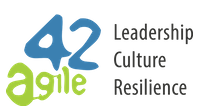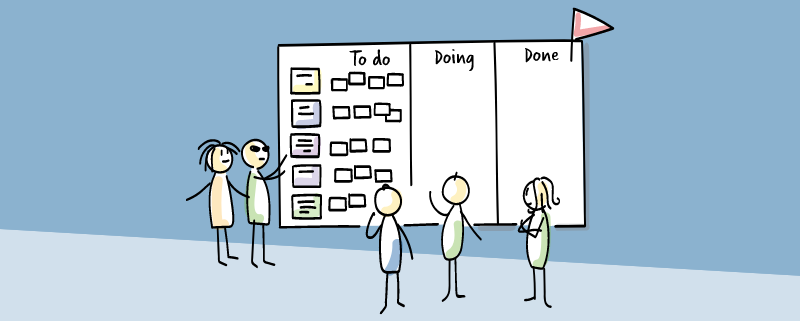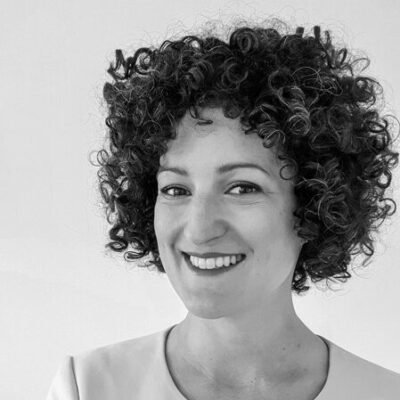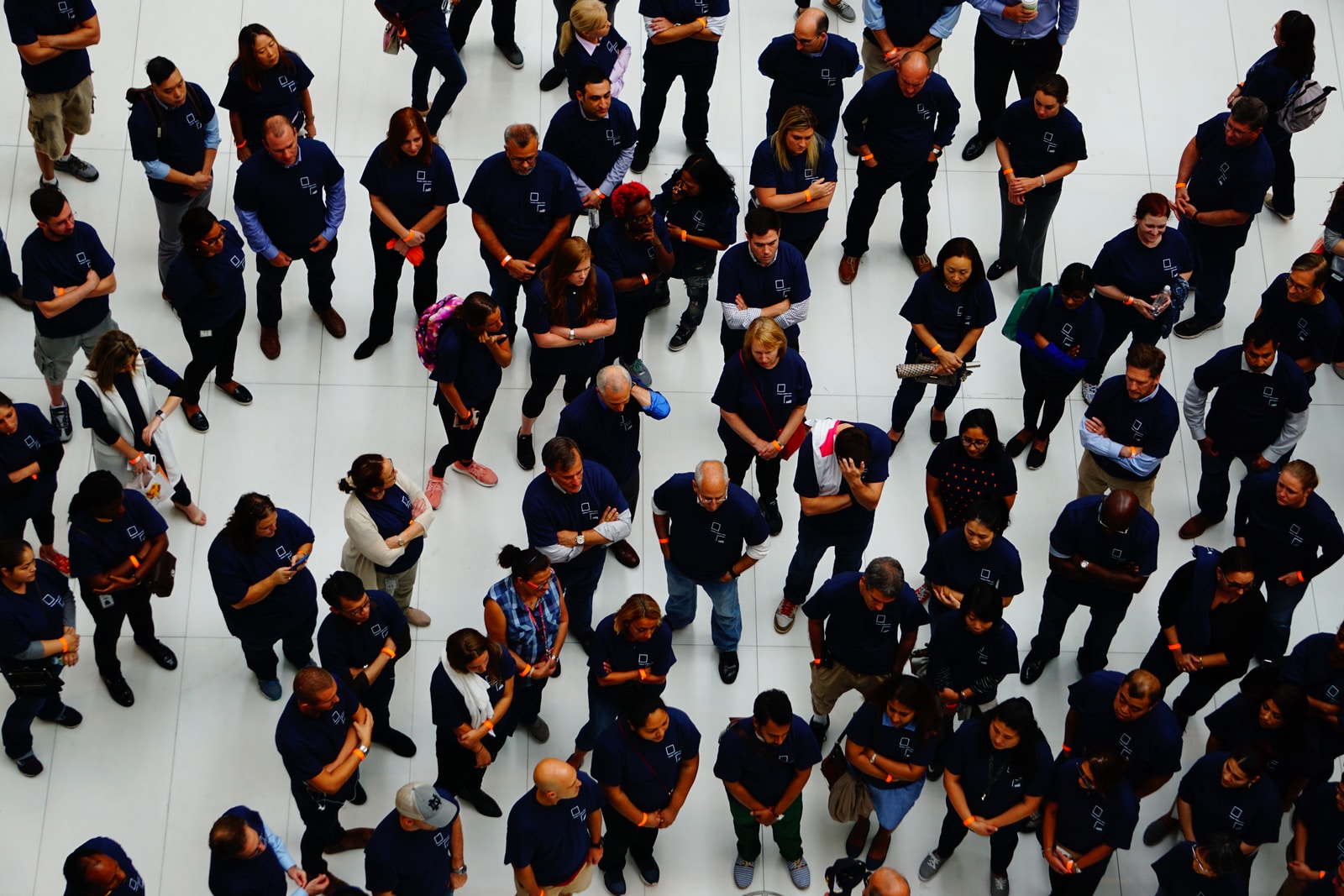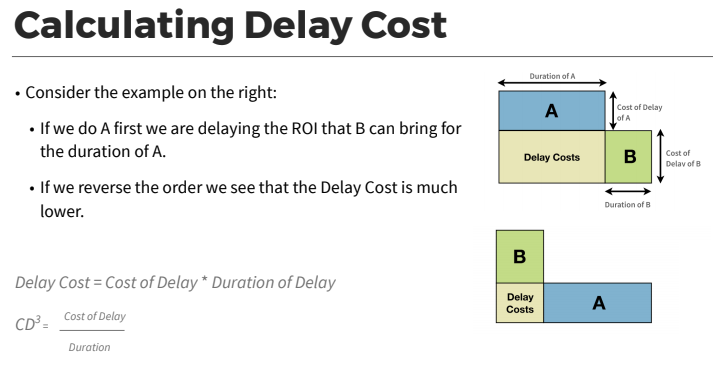How to Become a Product Owner
Product Owners bridge the gap between customers, stakeholders, and the development team, playing a crucial role in delivering competitive products to market as quickly as possible. A good product that delights customers is the core of any successful business, so it’s no wonder that people who are in charge of developing good products are in high demand. This article will provide you with an overview of how to become a Product Owner, listing the skills, traits, certifications, and steps to take on this journey.
What is a Product Owner?
A Product Owner’s accountabilities are broad and can vary across organizations.
According to the Scrum Guide, “The Product Owner is accountable for maximizing the value of the product resulting from the work of the Scrum Team. How this is done may vary widely across organizations, Scrum Teams, and individuals.”
In other words, being a Product Owner can generally be summarized as being accountable for maximizing the value of the product. To better understand what a Product Owner is, we should start with the Product Owner’s accountabilities.
Product Owner Accountabilities
To maximize the value of a product, Product Owners work closely with customers to decide what needs to be built. They should constantly be asking, “How can we deliver the most value next?”
Therefore, a Product Owner has a wide range of accountabilities that contribute to generating customer value. These include:
- developing and explicitly communicating the Product Goal;
- creating and clearly communicating Product Backlog items;
- ordering Product Backlog items; and
- ensuring that the Product Backlog is transparent, visible and understood.
“Accountable” means that the Product Owner does not necessarily have to perform all of these activities themselves. They can also delegate the responsibility in part or in whole to other people, while still remaining accountable for the result.
The Product Owner closely collaborates with the customers and other stakeholders to deeply understand their needs. Based on their needs, a Product Owner formulates corresponding Product Backlog Items (PBI) which reflect value to the customers. The Product Owner ensures that the Product Backlog is ordered and made visible to the Scrum Team and stakeholders.
To fulfill all these accountabilities, a Product Owner needs full ownership of the product. This includes all decisions that are needed to meet the customer’s needs. This is why “the Product Owner is one person, not a committee”, as the Scrum Guide notes. A single person can ensure a coherent Product Strategy that is in line with the Product Vision and Product Goal. Also, decision making is faster.
For Product Owners to be successful, everyone in the company must respect the decisions they make. The content and order of the Product Backlog, as well as the inspectable Increment at the Sprint Review, show how these decisions were made.
Learn more about Product Ownership in our e-learning course
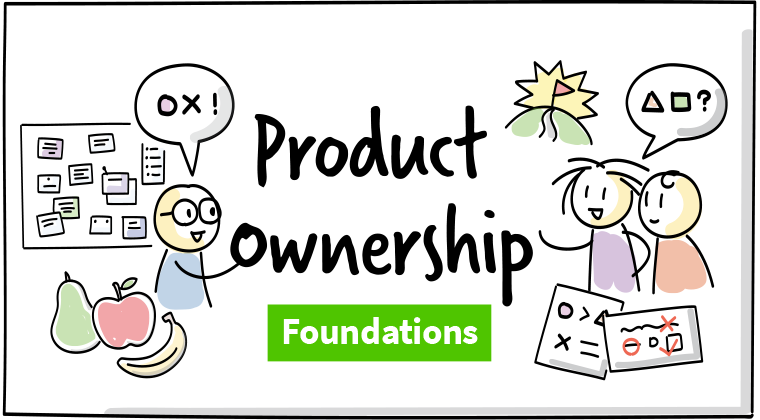
Product Ownership Foundations
This course is designed to help you understand what Product Ownership is and what the main components of an Agile approach to product management are. You will learn the fundamental tools and practices to be an effective Product Owner and improve your skills in a wide spectrum, ranging from visioning and strategy to understanding user needs, collaborating with stakeholders, and managing an emergent Product Backlog. On completion, you will receive a certification.
The course is also available in the following languages/countries:
🇩🇪 German
🇿🇦 South African Rand
🇹🇷 Turkish Lira
🇧🇷 Brazilian Real
Product Owner vs Product Manager
To highlight differences between a Product Manager and a Product Owner, let’s first look at the origins of the terms.
Before Scrum came along, tasks related to market research, planning and requirement management were usually handled by the Product Manager. In order to deliver the product, a Project Manager would take care of the pre-specified development and delivery within the project’s scope, scheduled time frame, and cost until its completion.
In contrast to that, the Product Owner role is much more recent, having emerged in the Scrum Framework in the mid-1990s. In an Agile environment, product-related roles are designed to work with a development team and put the users’ and internal stakeholders’ needs in focus, which is associated with the Product Owner role.
Another reason for having two terms is rooted in the way organizations have adopted Scrum. Many organizations that have adopted Scrum operate outside the context of product development and commercial software products and, therefore, don’t have a product management group. Offering a Product Owner role to people from business units who are already close to the Scrum Product Owner responsibilities and providing them with proper training and coaching, allows the organization to start using Scrum without establishing a product management group.
Also, the term “Product Owner” highlights the need for respect and empowerment for the person in charge of the product. Especially in an Agile environment, where team members and stakeholders continuously work on product choices and good collaboration is key.
In summary, one simplified way to think of a Product Owner is as an Agile Product Manager, a person who uses Agile Values, Principles, and Practices, and is accountable for the value that a product provides.
Product Owner vs Project Manager
To distinguish a Product Owner role and a Project Manager role, we need to focus on the differences of a product and a project:
- Projects have a specific start and end date. Project managers focus on keeping within the constraints of scope, cost and hitting a deadline.
- Products have a lifecycle and don’t end at the end of the project. Products evolve continuously and may have multiple customers to satisfy. There is a much wider set of tasks and risks that need to be managed over the lifetime of the product.
This is why Product Ownership involves a fundamentally different set of activities. Project management, while important, can be one aspect of successful Product Ownership.
Is Being a Product Owner a Stressful Job?
Being a Product Owner can be a challenging job, but it is also highly rewarding. Product Owners are able to shape and direct a product’s evolution from its inception with a strategic vision to managing its delivery and monitoring its outcomes. And with great power comes great responsibility.
Since the process of customer-centric product development is purposeful, it can generate a lot of drive and motivation, giving your team and yourself a high level of satisfaction.
Besides this motivational factor, being a Product Owner can also have some pitfalls. Depending on the following factors, the stress level as a Product Owner can vary:
- Accountabilities: Product Owners’ responsibilities require a wide range of skills to cover key tasks, for instance prioritizing the product backlog, communicating with the Scrum Team and setting a Product Goal and Sprint Goals, and these responsibilities require constant attention and decision-making.
- Stakeholder Communication: To balance the needs and expectations of various stakeholders – customers, management and a development team, a Product Owner needs to demonstrate very good communication and negotiation skills.
- Uncertainty: When developing a new product, Product Owners must make decisions based on incomplete information in an uncertain environment. Also, they often need to deal with ambiguity in customer’s demand.
- Managing Change: A fast-changing environment requires fast decision making as well as flexibility and adaptation. Rapid changes and uncertainty about the future can make Product Owners feel stressed as they try to make plans and get ready for the future.
However, the individual’s stress levels are highly influenced by the work environment, team dynamics, and individual resilience. Skills like effective time management, being able to delegate, and good communication skills can help to make life as a Product Owner easier and allow them to focus on what matters most: the customer’s needs and a great product.
How to become a Product Owner
To become a great Product Owner, you need a combination of related skills, experience, and a mindset focused on continuous learning. Product management expert Roman Pichler highlights, “The role of a Product Owner involves both hard and soft skills, requiring them to define the product strategy, create an actionable product roadmap, and prioritize the product backlog, as well as communication, stakeholder management, and decision-making.”
In his book Product Mastery, Geoff Watts adds, “Agile product management requires time, experience, gut instinct, self-confidence, humility, independence and collaboration skills, among other things.”
Let’s have a closer look at the steps you need to take to become a Product Owner.
Step 1: Understand the Product Owner role
Product Owner Qualifications
To understand the Product Owner role, the first step is to take training on the basic theory behind this role. Our Product Ownership Foundations e-learning course is a great option to get into the most relevant aspects of being a Product Owner.
A live virtual or onsite class that leads to a Certified Scrum Product Owner certification is a crucial step, as it covers a deeper understanding of the Scrum Framework, Product Owner role and accountabilities, and relevant basic knowledge like prioritization techniques.
Learn from Other Product Owners
Taking a training course is not always enough to transfer your newly gained knowledge into practice; you will need to build up experience. A good next step is to observe experienced Product Owners and learn from them. One-on-one coaching also helps to deepen the transfer of knowledge and practical application in your own environment.
Step 2: Build experience
Once you have gained some practical experience, you will feel more comfortable to try new approaches and techniques and inspect their results. To further broaden and deepen your skills, further training courses like Advanced Certified Scrum Product Owner could provide you with the corresponding advanced learning objectives. Open classes also provide the opportunity to exchange with other Product Owners and learn from their experiences.
On top of that, online communities and events are a good way to learn from others. Have a look at our LinkedIn Group where you can start a conversation.
Step 3: Never Stop Learning and Experimenting
Experience can only be gained through practice. Remember to continuously refine your skills and stay updated with latest industry trends. With determination and dedication, you will be able to maintain and develop your skills.

Product Owner Career Path
The Product Owner career path can vary depending on individual aspirations and organizational structure. The Product Owner as defined in the Scrum Guide does not cover hierarchy-based career paths options. Therefore, a Product Owner career is more oriented on the amount of practical experience. Following a traditional hierarchy, some companies have junior, intermediate and senior levels that reflect your practical level of experience.
Some Product Owners specialize in specific industries or domains, which can influence their career paths significantly. Continuous learning and staying up-to-date with industry trends are crucial skills for being successful as a Product Owner into the future.
Conclusion
The role of a Product Owner is very crucial in bringing competitive and customer-centric products to market that delight the customers. By embarking on Product Owner training, you can do the first steps to becoming a Product Owner. By refining your skills and staying updated with latest industry trends, you gain more and more experience as a Product Owner. For more experienced Product Owners, mentoring can be a good way to broaden and develop your relevant skills. One way or another: being a Product Owner is a lifelong process of learning, experimenting and building up experience.
-
 Early BirdCertified Agile Scaling Practitioner 1 (CASP 1)Original price was: €1,395.00.€1,195.00Current price is: €1,195.00. (excl. VAT)
Early BirdCertified Agile Scaling Practitioner 1 (CASP 1)Original price was: €1,395.00.€1,195.00Current price is: €1,195.00. (excl. VAT) -
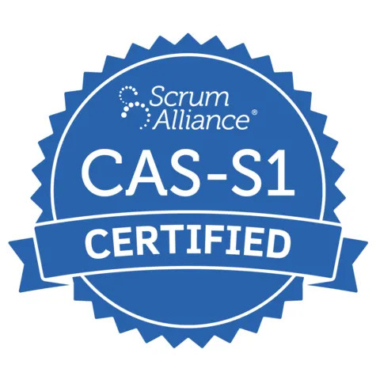 Certified Agile Skills – Scaling 1 (CAS-S1) Training 22.-23. April 2024€1,395.00 (excl. VAT)
Certified Agile Skills – Scaling 1 (CAS-S1) Training 22.-23. April 2024€1,395.00 (excl. VAT) -
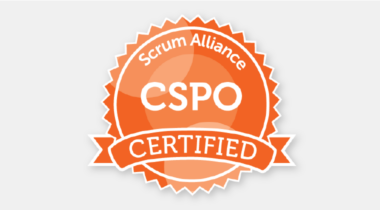 Certified Scrum Product Owner (CSPO) Training 19.-20. June 2024€1,295.00 (excl. VAT)
Certified Scrum Product Owner (CSPO) Training 19.-20. June 2024€1,295.00 (excl. VAT) -
 Certified Scrum Product Owner (CSPO) Training 29.-30. April 2024€1,295.00 (excl. VAT)
Certified Scrum Product Owner (CSPO) Training 29.-30. April 2024€1,295.00 (excl. VAT) -
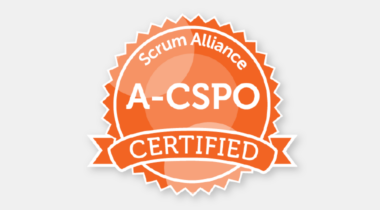 Advanced Certified Scrum Product Owner (A-CSPO) Training 12.-14. June 2024€1,395.00 (excl. VAT)
Advanced Certified Scrum Product Owner (A-CSPO) Training 12.-14. June 2024€1,395.00 (excl. VAT) -
 Certified Scrum Product Owner (CSPO) Training 11.-12. March 2024€1,295.00 (excl. VAT)
Certified Scrum Product Owner (CSPO) Training 11.-12. March 2024€1,295.00 (excl. VAT) -
 Certified Scrum Product Owner (CSPO) Training 27.-28. November 2023€1,295.00 (excl. VAT)
Certified Scrum Product Owner (CSPO) Training 27.-28. November 2023€1,295.00 (excl. VAT)
